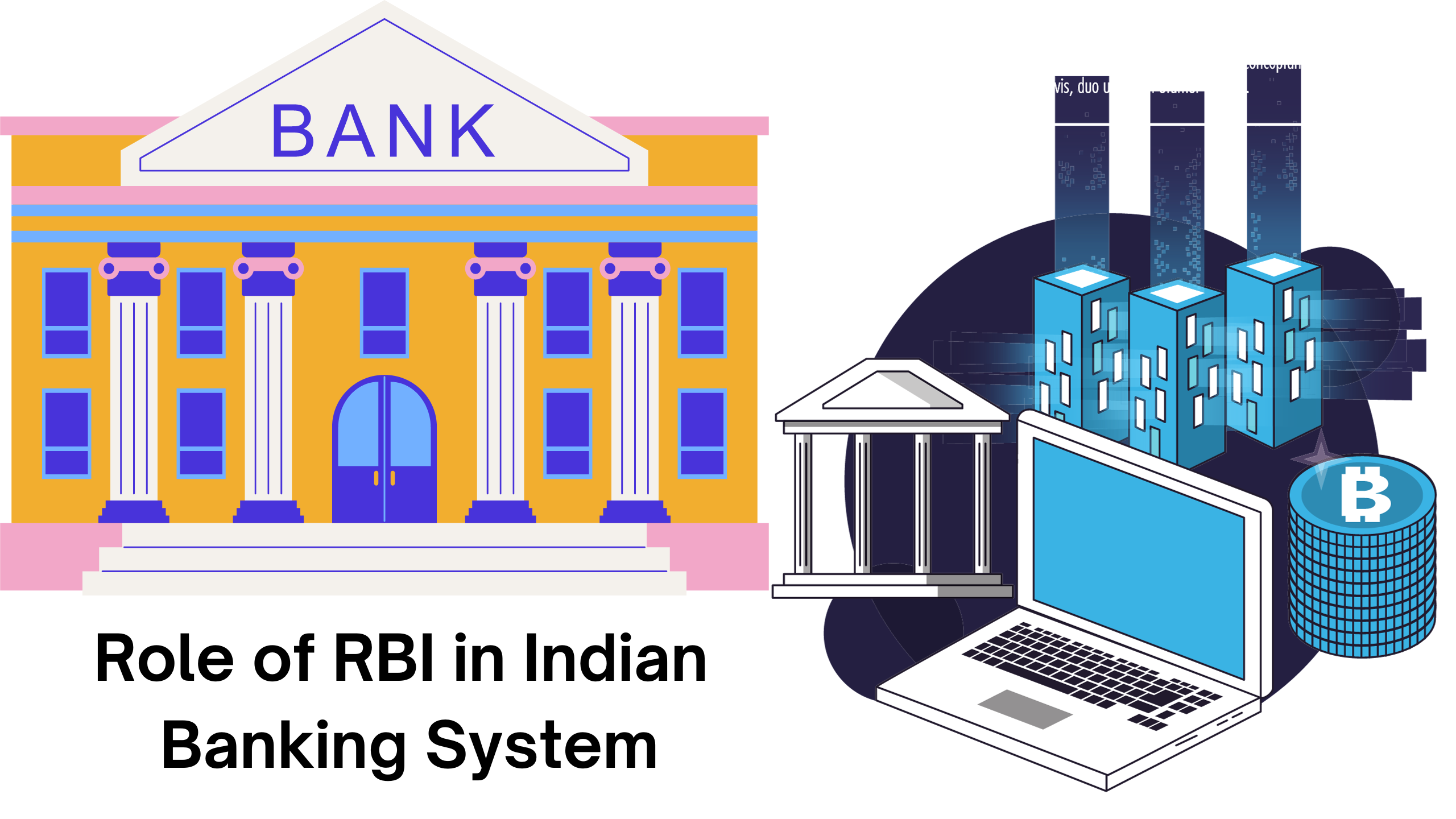Role of RBI in Indian Banking System
Reserve Bank of India (RBI) plays a crucial role in shaping and regulating the Indian banking system. Let's delve into the various facets of its functioning that contribute to the stability and growth of the nation's financial landscape.
The Reserve Bank of India, established in 1935 and nationalized in 1949, holds the position of the central bank, acting as the primary regulator and supervisor of the Indian financial system.
RBI's foremost responsibility is maintaining monetary stability. Through the implementation of monetary policies, it ensures price stability and influences the supply and cost of money in the economy. Instruments like the repo rate, reverse repo rate, cash reserve ratio, statutory liquidity ratio, and open market operations are wielded to manage interest rates, inflation, and credit availability.
You can find full IFSC codes HERE
Serving as the sole authority for issuing and distributing currency, RBI meticulously manages the quality and quantity of currency in circulation. It regulates currency features, designs, and plays a pivotal role in currency demonetization and remonetization processes.
As the custodian of India's foreign exchange reserves, RBI intervenes in the foreign exchange market to maintain the stability of the Indian rupee's exchange rate. It also regulates foreign exchange transactions under the Foreign Exchange Management Act, 1999, facilitating external trade and payments.

RBI acts as the regulatory body and supervisor for the banking system, non-banking financial companies, payment and settlement systems, and financial markets in India. Through licensing, norms, guidelines, inspections, audits, and acting as the lender of last resort, RBI ensures the safety and soundness of the financial system.
RBI functions as the banker and debt manager for the central and state governments. Beyond managing government borrowing and lending operations, it plays a crucial role in advising on fiscal and monetary matters. RBI supports economic development in various sectors, especially rural and agricultural, through credit facilities, subsidies, and schemes. It is also actively involved in promoting financial inclusion, literacy, and innovation.
In conclusion, the Reserve Bank of India stands as the cornerstone of the Indian banking system. Its multifaceted roles encompass monetary stability, currency management, foreign exchange oversight, financial regulation, economic development, and more. The symbiotic relationship between RBI and the financial landscape ensures a robust and resilient economy.
RBI uses instruments like repo rate, reverse repo rate, cash reserve ratio, and others to influence interest rates and control inflation.
RBI is the sole authority for issuing and distributing currency, ensuring its quality, quantity, and managing demonetization and remonetization.
RBI supports economic development through government financial management, initiatives in various sectors, and promoting financial inclusion and literacy.
RBI acts as the custodian of foreign exchange reserves, intervenes in the foreign exchange market, and regulates foreign exchange transactions.
RBI serves as the regulator and supervisor for banks, non-banking financial companies, payment and settlement systems, and financial markets, ensuring their compliance and safety.
You can find full IFSC codes HERE
Introduction
The Reserve Bank of India, established in 1935 and nationalized in 1949, holds the position of the central bank, acting as the primary regulator and supervisor of the Indian financial system.
Monetary Stability
RBI's foremost responsibility is maintaining monetary stability. Through the implementation of monetary policies, it ensures price stability and influences the supply and cost of money in the economy. Instruments like the repo rate, reverse repo rate, cash reserve ratio, statutory liquidity ratio, and open market operations are wielded to manage interest rates, inflation, and credit availability.
You can find full IFSC codes HERE
Currency Management
Serving as the sole authority for issuing and distributing currency, RBI meticulously manages the quality and quantity of currency in circulation. It regulates currency features, designs, and plays a pivotal role in currency demonetization and remonetization processes.
Foreign Exchange Management
As the custodian of India's foreign exchange reserves, RBI intervenes in the foreign exchange market to maintain the stability of the Indian rupee's exchange rate. It also regulates foreign exchange transactions under the Foreign Exchange Management Act, 1999, facilitating external trade and payments.

Financial Regulation and Supervision
RBI acts as the regulatory body and supervisor for the banking system, non-banking financial companies, payment and settlement systems, and financial markets in India. Through licensing, norms, guidelines, inspections, audits, and acting as the lender of last resort, RBI ensures the safety and soundness of the financial system.
Economic Development
RBI functions as the banker and debt manager for the central and state governments. Beyond managing government borrowing and lending operations, it plays a crucial role in advising on fiscal and monetary matters. RBI supports economic development in various sectors, especially rural and agricultural, through credit facilities, subsidies, and schemes. It is also actively involved in promoting financial inclusion, literacy, and innovation.
Conclusion
In conclusion, the Reserve Bank of India stands as the cornerstone of the Indian banking system. Its multifaceted roles encompass monetary stability, currency management, foreign exchange oversight, financial regulation, economic development, and more. The symbiotic relationship between RBI and the financial landscape ensures a robust and resilient economy.
Frequently Asked Questions (FAQs)
How does RBI maintain monetary stability?
RBI uses instruments like repo rate, reverse repo rate, cash reserve ratio, and others to influence interest rates and control inflation.
What is the role of RBI in currency management?
RBI is the sole authority for issuing and distributing currency, ensuring its quality, quantity, and managing demonetization and remonetization.
How does RBI contribute to economic development?
RBI supports economic development through government financial management, initiatives in various sectors, and promoting financial inclusion and literacy.
What are the key responsibilities of RBI in foreign exchange management?
RBI acts as the custodian of foreign exchange reserves, intervenes in the foreign exchange market, and regulates foreign exchange transactions.
How does RBI regulate and supervise the financial system?
RBI serves as the regulator and supervisor for banks, non-banking financial companies, payment and settlement systems, and financial markets, ensuring their compliance and safety.
You can find full IFSC codes HERE